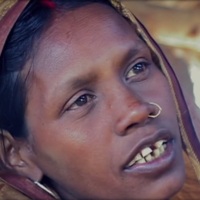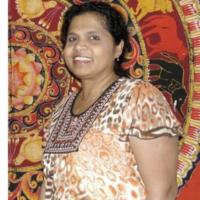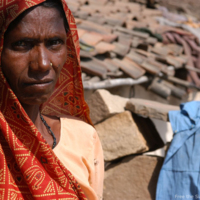
My mother started to go for the daily wage labour. They said that my dad had a problem in heart we borrowed money and treated him. Even my brothers started to go for work. My father was scared that he will die; so he wanted to see my sister’s wedding. So we borrowed money and my sister got married. After this our debt increased and my mother found it very difficult to repay; the loan people will come home and fight with us. So after eight standard I stopped my studies and went for the mill work.
As told to the Institute of Development Studies for their report 'Patterns and Dynamics of Bonded Labour and Child Labour in the Spinning Mills of Tamil Nadu: Findings from Life Story Analysis'









